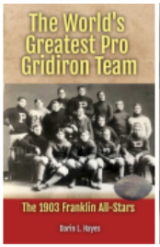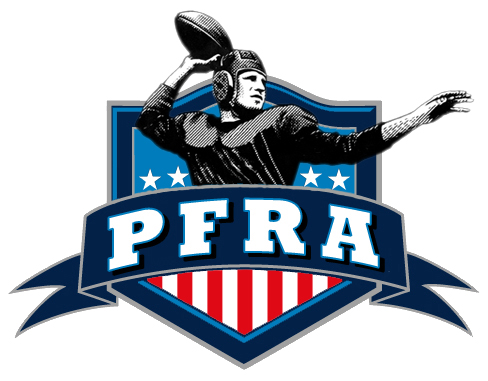The drama of American football often hinges on the management of time. From the tension of a "Split Second" decision to call a play before the "Play Clock" expires to the strategic use of a "Time Out" to stop the clock, time dictates the flow of the game. The "Game Clock" relentlessly counts down, leading to the frantic scramble at the "End Quarter" and the crucial moments in the "Two Minute" warning. "Halftime" provides a brief respite, often punctuated by the spectacle of the "Halftime Show," before the battle resumes. Even after regulation, the clock continues to be a factor in "Overtime," where every second counts. The "Forty Time" may be a measure of a player's speed, but it's the ability to execute in the split seconds that truly defines greatness on the field. And when the "Time expires"s, the finality of the moment hangs in the air, marking the end of the contest.
The most iconic symbol of time on the gridiron is perhaps the game clock. Let's take a look at the history of the onfield time piece.






